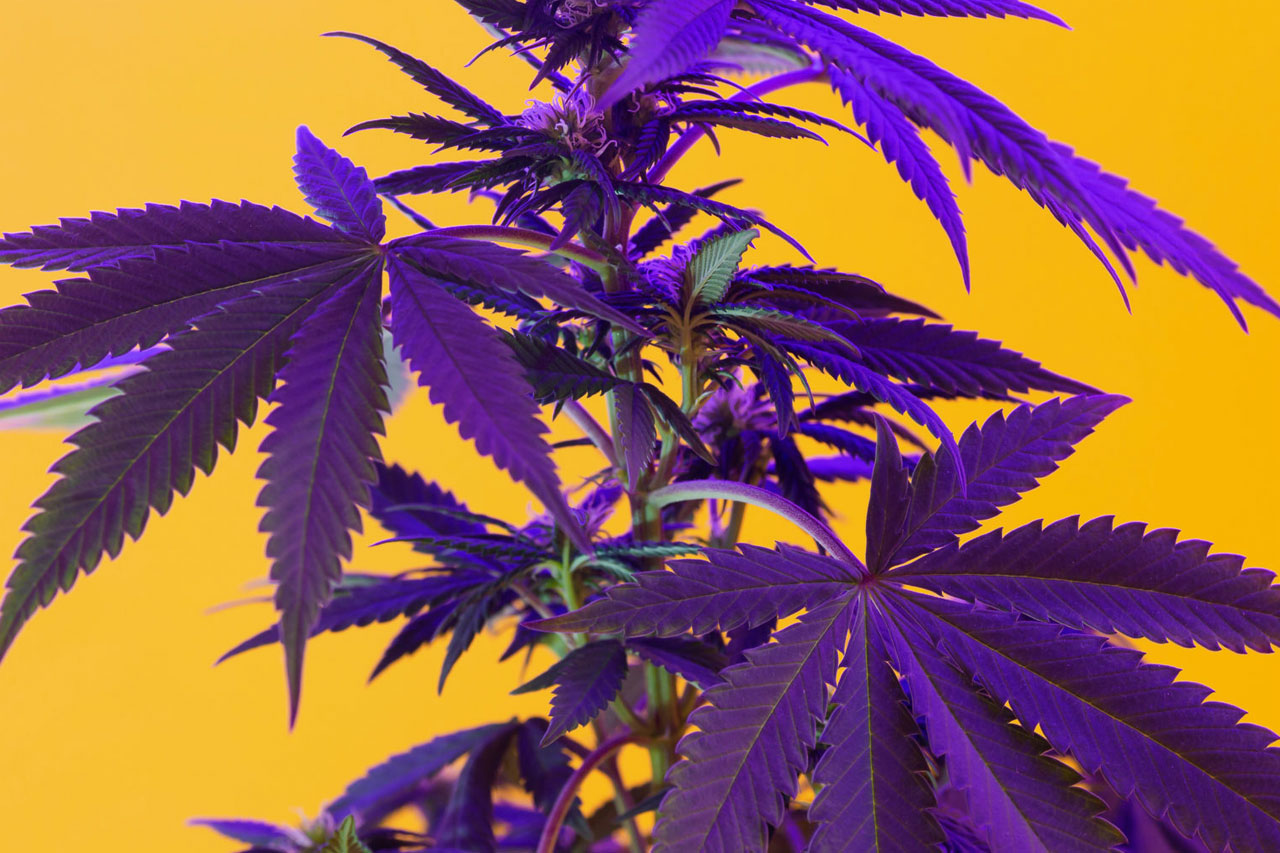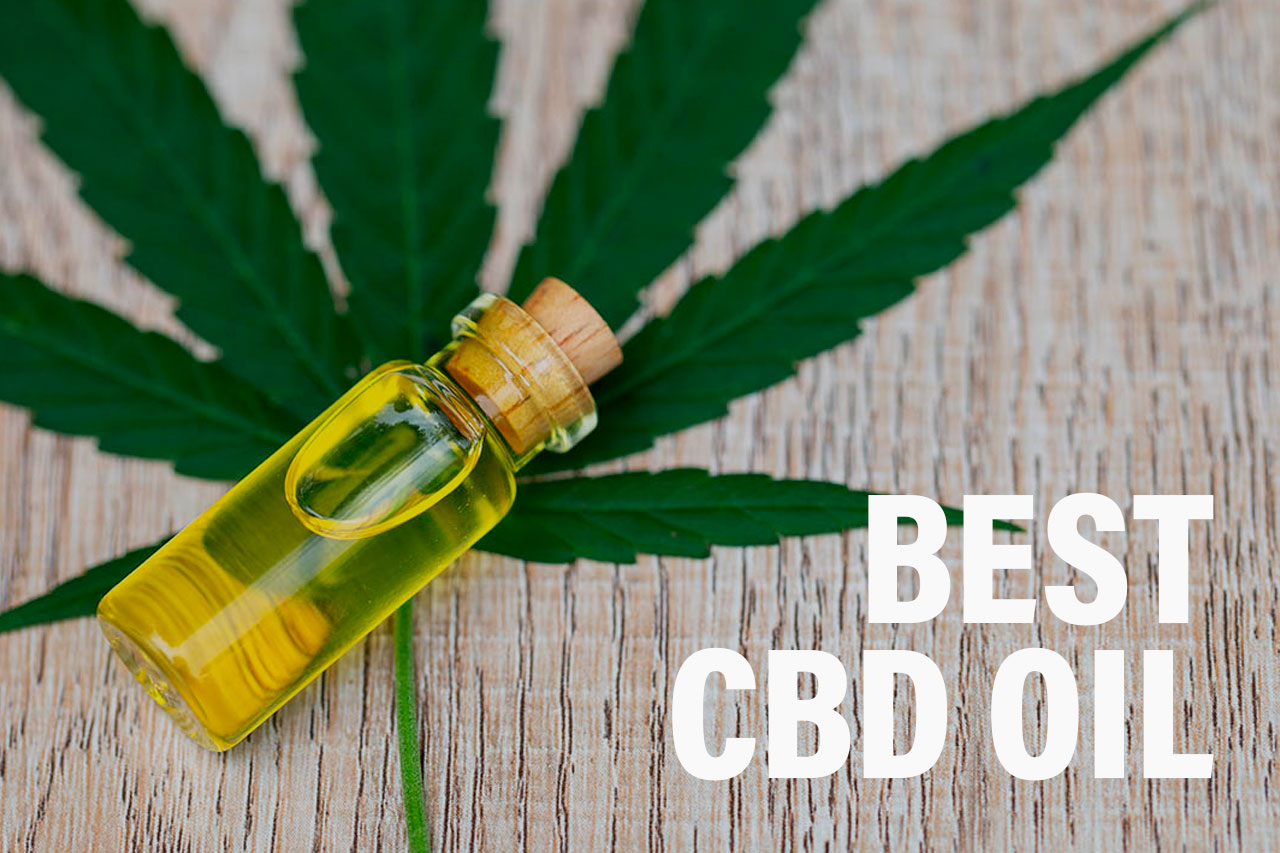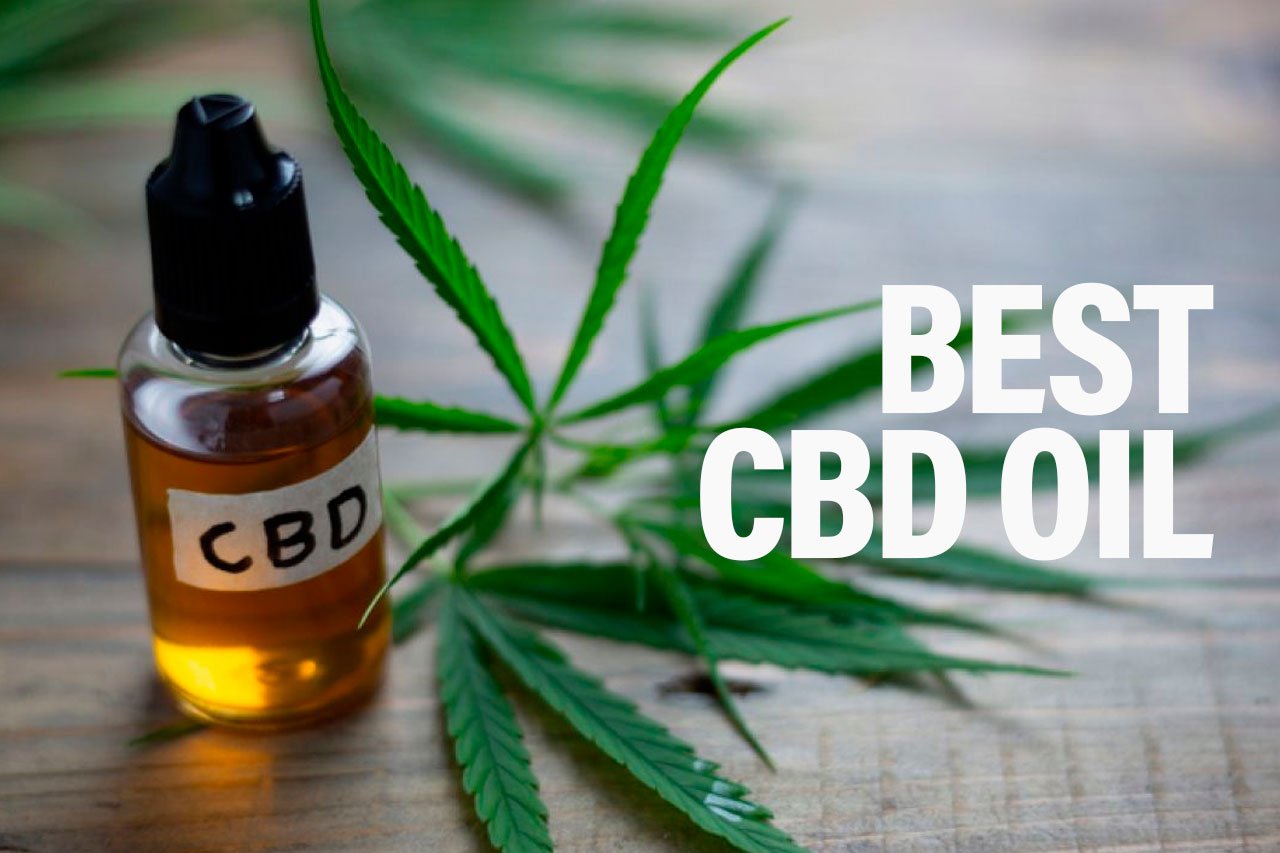Did you know that in Australia, there are more than <arel="nofollow" href="https://honahlee.com.au/articles/legal-cannabis-products-australia/">150 cannabis products that can be prescribed by a medical professional? Most of these are labeled as CBD oils. As of 2021, low-dose CBD oils became legal OTC products in pharmacies.</arel="nofollow">
Due to the popularity of CBD oils around the world, the terms used to describe these products have become more and more confusing. Many companies have created a variety of CBD oil and products to make themselves stand out from the rest of the crowd. In this article, we’ll explore more about CBD. Hopefully, this can help you clear up any confusion about what CBD is and how it can help.
In this article, we’re going to explain the various types of CBD oil, their ingredients, and how they are different.
Common CBD Oil Terms
Before we discuss the various types of CBD oil you will find on the market, we must first make sure you have an understanding of the terms you will encounter when you’re researching CBD oil. Many people find these terms confusing and, in some cases, it may make it harder to find what you’re looking for in your quest for CBD products. Three of the most popular terms that can be confusing are:
- Raw CBD oil
- CBD Concentrates
- PCR Hemp Oil (aka PCR CBD oil)
CBD Concentrates
A CBD concentrate is any CBD extract containing a high concentration of cannabidiol, including:
- CBD Crumble
- CBD Crystals & Isolate
- CBD distillate
- CBD Extract (oil)
- CBD Shatter
- CBD Wax
If you are looking for a CBD product, you will more than likely be looking for a concentrate.
The potency of these products is high, typically containing at least 45% and up to 99.9% of cannabidiol. The idea is that you will get a high dosage of CBD in a smaller dose and a shorter period of time. One thing you need to know is that all of the CBD extracts are considered concentrates. However, this does not mean that all concentrates are extracts.
PCR Hemp Oil (aka PCR CBD Oil)
The acronym PCR stands for phytocannabinoid-rich. Phytocannabinoids are cannabinoids that are made by plants. The term PCR CBD or PCR hemp are used to show that the oil has a variety of cannabinoids and are much more accurate than simply “CBD Oil” for compounds that contain CBD along with a variety of other cannabinoids.
Often, when people are talking about CBD and THC, you’ll hear them mention cannabinoids, which are a chemical compound produced by the cannabis plant species. The term PCR describes a product that is phytocannabinoids rich and are used to show that the oil has a range of cannabinoids, not just CBD.
Often, the terms PCR Hemp Oil or PCR CBD oil can be used instead of “full spectrum CBD” or “full spectrum hemp” oil.
Now that we’ve explained some of the common terms you’ll encounter, let’s take a closer look at the three main types of CBD oil.
Raw CBD Oil
Raw CBD oil is created without heat or solvents being added during extraction. Typically, CO2 is used in the process instead. Most of the original plant remains intact. This means that product contains the full spectrum of the cannabinoids in the plant, along with the terpenes, and pigments.
3 Main Types of CBD Oil
There are three main types of CBD oil on the market:
- Full Spectrum CBD
- Broad Spectrum CBD
- CBD Isolate
When most people talk about CBD oil, they use this basic term to describe a variety of different products. However, this isn’t always the most accurate because many times, CBD oil products contain a variety of cannabinoids. Most of the CBD oils that you find for medical/wellness use are made from hemp plants instead of marijuana plants. CBD oils are classified based on their cannabinoid content.
What is the difference between the three types of CBD oils?
The primary difference between the three is the chemical makeup of each one.
First, full spectrum oils contain all cannabinoids, along with other plant compounds found in the plant. This includes trace amounts of THC.
Next, broad spectrum oils contain all cannabinoids and other compounds from the plant- with the exception of THC.
Finally, CBD isolate has been processed to the point that it only contains CBD and is typically found in crystal or powder form.
We’ll take a closer look at each one below:
What is full-spectrum CBD?
A full spectrum CBD product is much different than a CBD isolate product. This is because in a full spectrum product, you will find CBD, along with all of the other cannabinoids, terpenes, and fatty acids naturally found in the cannabis plant- this includes THC. Full spectrum CBD is also known as full or whole plant extract.
In a full spectrum product, the oil is extracted and filtered but none of the compounds or cannabinoids are removed. Full spectrum products do contain THC- but it’s not enough to get you high. Legally, CBD products can only contain up to 0.3% THC to be considered CBD. If there’s more than that, it is a cannabis oil, which is different. Most experts agree that there’s not enough THC to show up in a drug screen- but in some cases, the results may show a small amount, especially if you use it a lot.
The benefits associated with a full spectrum CBD product is that many of the chemical compounds and cannabinoids have healing properties. For example, research has indicated that terpenes have anti-inflammatory properties. Additionally, some of the other cannabinoids may increase the overall benefits of using a CBD product.
In 2005, one study found that full-plant extract CBD oil had more medicinal properties than a CBD-only product. This is because the oil has all of the plant compounds, giving you the positive effects of what is known as the entourage effect.
What is broad-spectrum CBD?
Broad spectrum falls between full-spectrum CBD and CBD isolate. It contains all of the same compounds that a full-spectrum product with the exception of THC. Since it does contain all of the compounds except THC, you’re still likely to gain some effects of the entourage effect.
Broad spectrum products are not as easily accessible than other types of CBD. It goes through the typical extraction process, just like other forms of CBD. In places where THC is illegal, the benefit is that in the final processing, the THC is removed. This means that broad spectrum CBD products will not show up on a drug screen looking for THC.
What is CBD isolate?
CBD isolate products are “true CBD” because it only contains CBD. There are no other compounds in these products. Most of the time, CBD isolate is sold as a powder or crystal- but in some cases, it is found as an oil.
It is created through the same extraction process as other oils. The primary difference is that once the cannabinoids are extracted, the CBD is filtered out and it’s put through a chilling process known as “winterization”, which removes all of the other compounds.
CBD isolate oil is typically used for vaping. In crystal or powder form, it’s administered by placing it under the tongue. The benefits are that it contains no THC and it’s typically a bit cheaper than other forms. The disadvantage of is that you don’t get the entourage effect like you do with the full-spectrum and broad-spectrum options.

CBD Oils vs. CBD Tinctures: What’s the Difference?
Now that you are more familiar with the various types of CBD and CBD oils you can purchase, you need to have an understanding of the various carrier agents for CBD. A carrier agent is the base through which CBD can be ingested. Most people believe that CBD oils and CBD tinctures are the same. However, they are different. Below, we’ll explain how.
The primary difference between the two is the carrier. In a CBD oil, the carrier is the oil that is used. This may be coconut oil, MCT oil, avocado oil, sesame oil, and a variety of other options. On the other hand, in a CBD tincture, the carrier is alcohol. In many cases, the only similarity between the two is the fact that they are both liquids.
CBD Oil
A CBD oil is just what it sounds like- the extracts from the plant are put into an oil. Oil is the most common type of CBD and is often the carrier of choice when made at home. Some of the most common oils used include:
- Olive oil
- Coconut oil
- MCT oil
- Hemp seed oil
CBD Tincture
CBD tinctures are liquids that use alcohol instead of oil as the base. Tinctures are created by steeping the cannabis in a high-proof grain alcohol. Then, the mixture is placed on low heat for a prolonged period of time to infuse the plant compounds. The heat causes the alcohol to burn off as infusion occurs. Typically, tinctures can be stored for longer than oils can.
Conclusion
Many people find the world of CBD to be complicated and confusing. However, when you know a few things, it becomes easier to navigate.
CBD concentrates are available in a variety of forms and typically contain at least 45%, but no more than 99.9% cannabidiol. Raw CBD oil has not been heated and activated, so it has different cannabinoids than other types of CBD oil. PCR hemp oil refers to oils that have the full-spectrum of the cannabinoids found in the plant.
There are three main kinds of CBD:
- Full spectrum
- Broad spectrum
- Isolate
When you make your purchase, you’ll have to make the decision to use an oil or a tincture and while many people believe these to be the same, they are actually different. An oil uses oil as a carrier and a tincture uses alcohol.
It’s important to note that there are no CBD oils on the market that will get you high- but there is a small chance that they will show up on a drug screen.
Before you start using the best CBD product for you, make sure that you consult with your medical provider and do your own research to determine which is the best option for you.
Also Read: Top-Rated CBD Oil Products
References
“4 Lists of Legal Australian Medical Cannabis Products.” Honahlee, honahlee.com.au/articles/legal-cannabis-products-australia/. Accessed 13 June 2022.
“CBD Concentrates, CBD Wax, CBD Shatter & More.” Extract Labs, www.extractlabs.com/store/cbd-concentrates/. Accessed 13 June 2022.
CBD, Aura. “What Is Raw CBD Oil and How Is It Different?” Aura CBD Oil, 17 Feb. 2019, auracbdoil.com/what-is-raw-cbd-oil-and-how-is-it-different/. Accessed 13 June 2022.
“Full-Spectrum Cannabis Extracts vs CBD Isolate | Fundación CANNA: Scientific Studies and Cannabis Testing.” Www.fundacion-Canna.es, www.fundacion-canna.es/en/full-spectrum-cannabis-extracts-vs-cbd-isolate. Accessed 13 June 2022.
Hanna, Ab. “What Are Terpenes?” High Times, High Times, 10 Apr. 2018, hightimes.com/guides/what-are-terpenes/.
Olivia, Joyana. “Phytocannabinoids: What Are They, Their Types, and Benefits.” Smarter CBD, 2 Oct. 2021, smartercbd.com/what-are-phytocannabinoids/. Accessed 13 June 2022.
“PCR Hemp Oil: What Is It? Everything You Need to Know.” Cheef Botanicals, 21 May 2021, cheefbotanicals.com/cbd-facts/pcr-hemp-oil/. Accessed 13 June 2022.
“Phytocannabinoid – an Overview | ScienceDirect Topics.” Www.sciencedirect.com, www.sciencedirect.com/topics/chemistry/phytocannabinoid.
Processor, Mark G. | Lead Toll. “CO2 Extraction Process – CO2 for Botanical Extraction.” Eden Labs, www.edenlabs.com/co2-extraction/co2-extraction-process/.
“The Entourage Effect: The Science of Combining Cannabinoids.” CNBS, www.cnbs.org/cannabinoids/the-entourage-effect/.
WebMD. “Cannabidiol (Cbd): Uses, Side Effects, Interactions, Dosage, and Warning.” Webmd.com, 2019, www.webmd.com/vitamins/ai/ingredientmono-1439/cannabidiol-cbd.
“What Are Cannabinoids?” CNBS, www.cnbs.org/cannabinoids/.
“What Is CBD Winterization? | Cannabis Winterization Process.” Extract Labs, 22 Jan. 2020, www.extractlabs.com/cbd-industry/what-is-winterization/. Accessed 13 June 2022.




